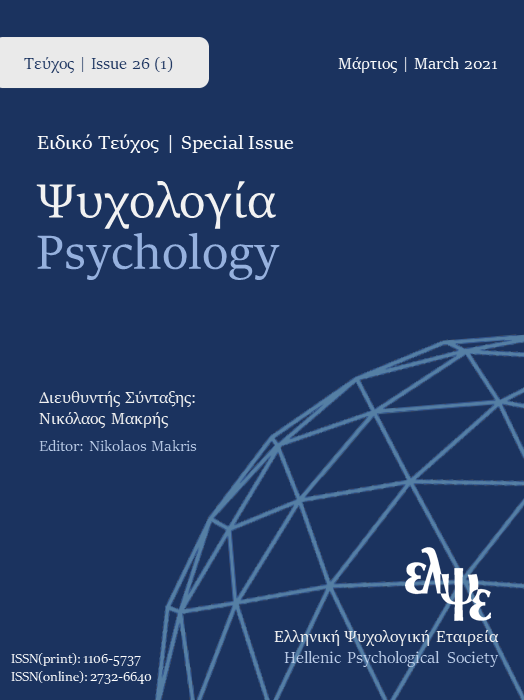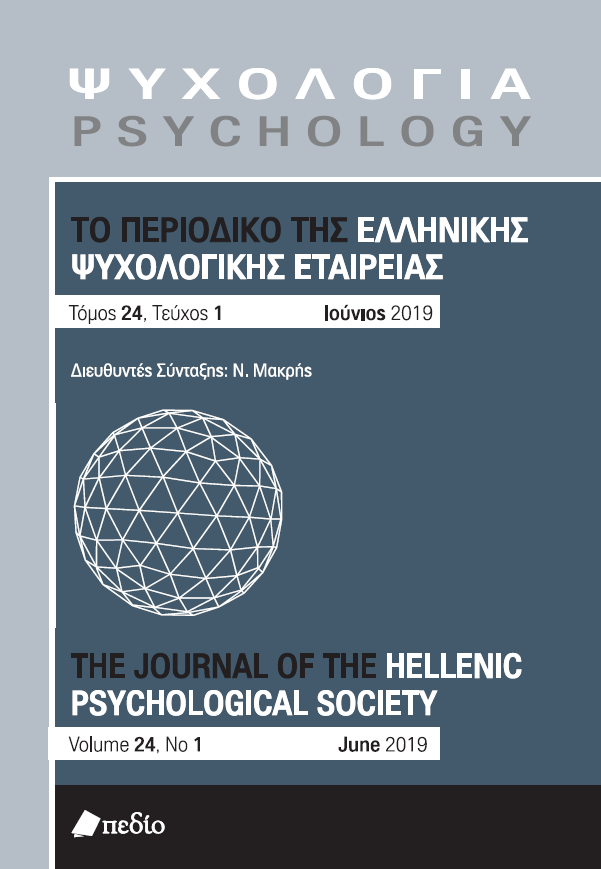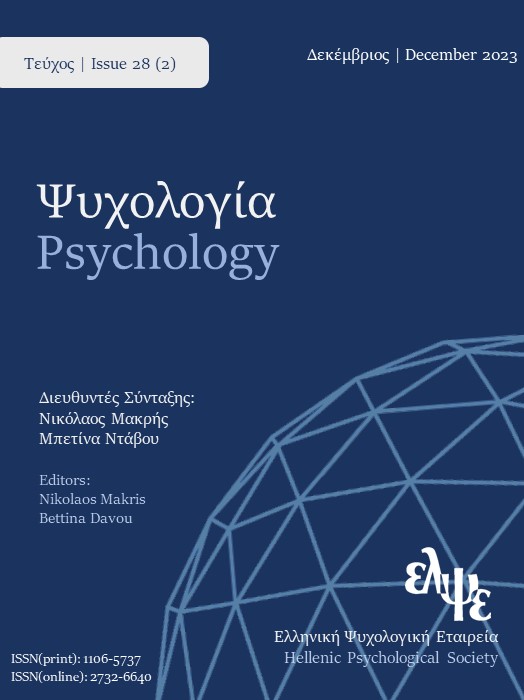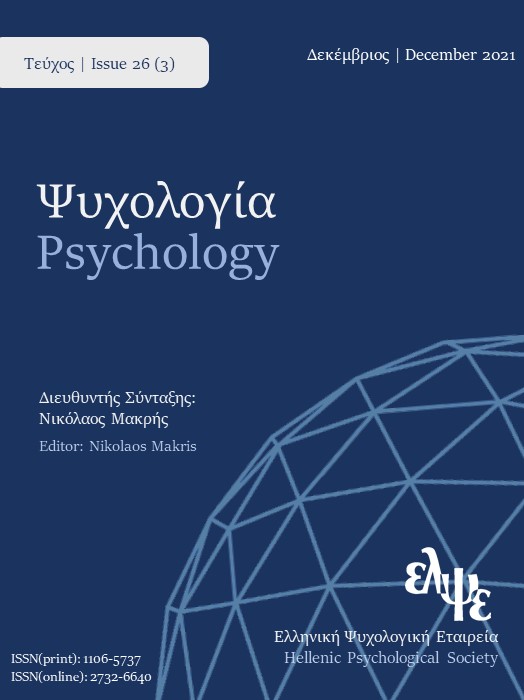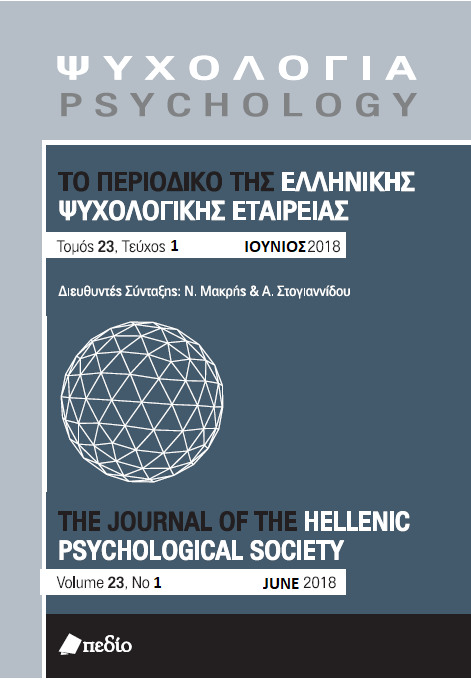Ο έλεγχος μηδενικών υποθέσεων: διαδικασία, παρανοήσεις και μερικές προτάσεις για καλύτερες πρακτικές

Περίληψη
Το άρθρο ξεκινάει με μια παρουσίαση της διαδικασίας του ελέγχου μηδενικών υποθέσεων (Null Hypothesis Significance Testing), των αδυναμιών της και της κριτικής που έχει διατυπωθεί τις τελευταίες δεκαετίες στη διεθνή βιβλιογραφία. Στη συνέχεια παρουσιάζονται περιγραφικά και συζητώνται κριτικά οι τρόποι με τους οποίους οι συγγραφείς των ερευνητικών εργασιών που έχουν δημοσιευτεί στο περιοδικό ΨΥΧΟΛΟΓΙΑ αναφέρονται στη διαδικα- σία του ελέγχου υποθέσεων και ερμηνεύουν τα αποτελέσματα που προκύπτουν από αυτήν. Συγκεκριμένα, εξετάστηκαν 445 άρθρα που δημοσιεύτηκαν στο διάστημα από το 1992 ως το 2010. Αφού προβάλλονται ορισμένες από τις απόψεις που έχουν διατυπωθεί σχετικά με την ανάγκη μίας τροποποίησης των πρακτικών που ακολουθούμε στη συζήτηση των ευρημάτων από τη στατιστική επεξεργασία των ερευνητικών μας δεδομένων, διατυπώνονται μερικές προτάσεις για τη βελτίωση των πρακτικών που ακολουθούμε για την παρουσίαση των στατιστικών μας ευρημάτων ώστε να είναι αυτά σαφή και να διευκολύνεται η κατανόησή τους από τους αναγνώστες.
Λεπτομέρειες άρθρου
- Πώς να δημιουργήσετε Αναφορές
-
Ρούσσος Π. (2020). Ο έλεγχος μηδενικών υποθέσεων: διαδικασία, παρανοήσεις και μερικές προτάσεις για καλύτερες πρακτικές. Ψυχολογία: το περιοδικό της Ελληνικής Ψυχολογικής Εταιρείας, 18(2), 224–239. https://doi.org/10.12681/psy_hps.23720
- Τεύχος
- Τόμ. 18 Αρ. 2 (2011)
- Ενότητα
- ΣΥΝΤΟΜΕΣ ΕΜΠΕΙΡΙΚΕΣ ΑΝΑΦΟΡΕΣ

Αυτή η εργασία είναι αδειοδοτημένη υπό το Creative Commons Attribution-ShareAlike 4.0 International License.
Το περιοδικό ΨΥΧΟΛΟΓΙΑ έχει υιοθετήσει μία πολιτική Platinum open-access. Τα έξοδα υποβολής, επεξεργασίας ή δημοσίευσης των εργασιών καλύπτονται από την Ελληνική Ψυχολογική Εταιρεία. Τα πνευματικά δικαιώματα των δημοσιευμένων εργασιών προστατεύονται από την άδεια 'Creative Commons Attribution-ShareAlike 4.0 International'. Οι Συγγραφείς διατηρούν τα Πνευματικά Δικαιώματα και χορηγούν στο περιοδικό το δικαίωμα της πρώτης δημοσίευσης. Η άδεια αυτή επιτρέπει σε τρίτους, να χρησιμοποιούν την εργασία σε οποιαδήποτε μορφή, με την προϋπόθεση της διατήρησης των διατυπώσεων που προβλέπονται στην άδεια σχετικά με την αναφορά στον αρχικό δημιουργό και την αρχική δημοσίευση στο περιοδικό ΨΥΧΟΛΟΓΙΑ. Επιπλέον, κάθε διανομή της εργασίας οφείλει να γίνεται με τους ίδιους όρους διανομής, δηλαδή με την ίδια άδεια Creative Commons.



